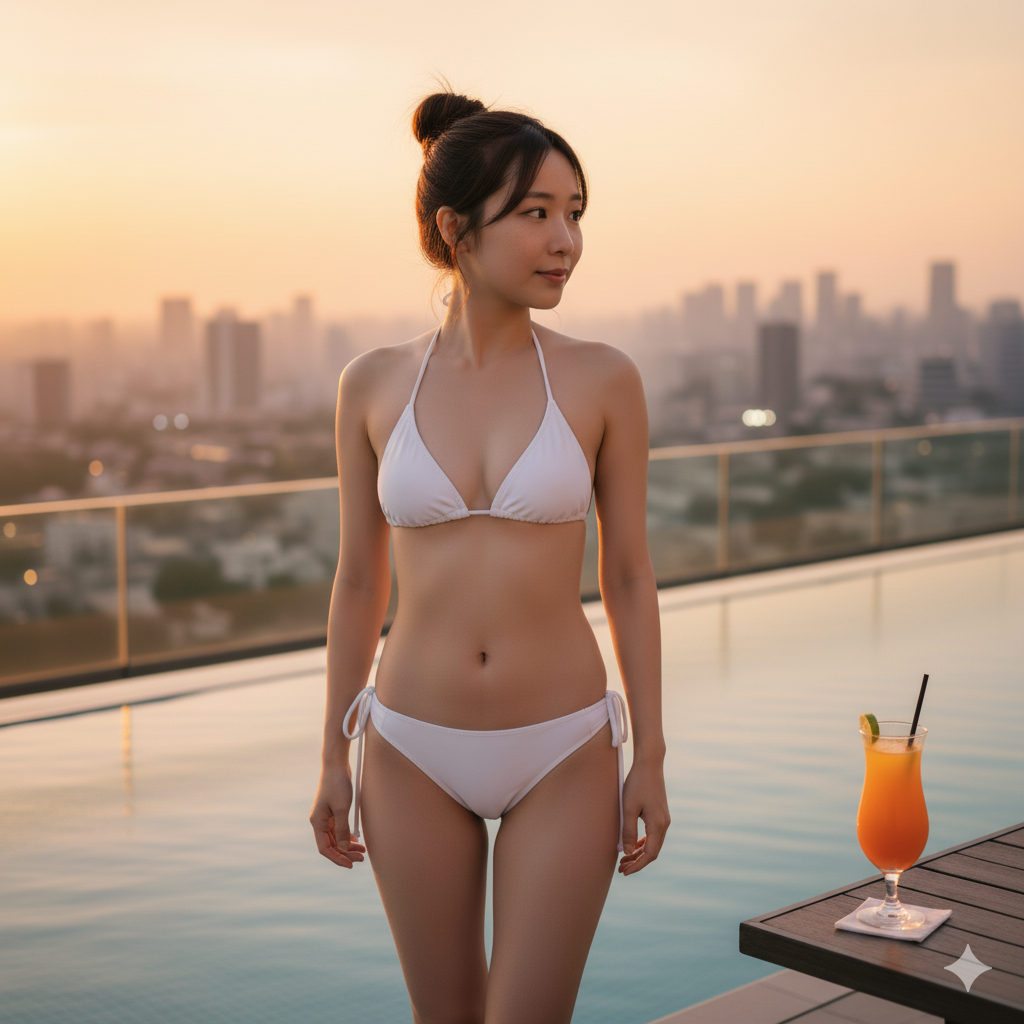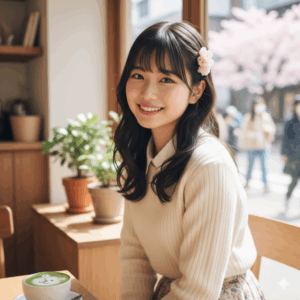Christmas in Tokyo is an urban performance of light, hospitality, and carefully managed flows. Squares, boulevards, and rooftops are staged as sequential “acts”: illumination promenades for movement and photos; indoor lounges for recovery; restaurants and sky decks for a slow climax. In ethnographic terms, these spaces provide a **ritualized intimacy**—public yet personal, where proximity is negotiated by lighting, music, and queueing. Guests are mixed (20s–50s, domestic and international), signage is bilingual, and reservations are the norm. This guide uses plain English and first-party links to build a smooth loop for Tokyo Christmas date spots around related keywords like illumination, romantic dinner Tokyo, sky deck Tokyo, skating rink, and Christmas market.
1. Where should you start in Tokyo Christmas date spots?
2. Which areas are best and how do you get there?
3. What are typical prices, times, and eligibility?
4. What venue types fit different date styles?
5. How do you reserve, behave, and what phrases help?
1. Where should you start in Tokyo Christmas date spots?

1-1 Area overview (choose one compact loop)
Conclusion → numbers → source: For minimal transfers, choose a central complex where promenades, cafés, and restaurants cluster within 1–7 min of station exits; check official operator pages: Marunouchi.com, Roppongi Hills Keyakizaka, Tokyo Midtown (Roppongi), Tokyo Midtown Hibiya.
1-2 How the space works (a designed flow)
Illuminations align along pedestrian boulevards (Naka-dori, Keyakizaka) with indoor atriums every 150–300 m to manage comfort and queues. Finish with a skyline deck for a quieter, high-altitude “third act”: SHIBUYA SKY tickets, Tokyo Tower Top Deck Tour, or Tokyo Skytree tickets.
1-3 A simple sequence that feels effortless
- Illumination stroll (30–60 min): Marunouchi Illumination or Keyakizaka.
- Warm drinks/market (30–45 min): e.g., Roppongi Hills Christmas Market or Yebisu Garden Place.
- Deck or dinner (90–120 min): choose a view deck or an in-building restaurant; see official booking portals above.
2. Which areas are best and how do you get there?

2-1 Marunouchi (gold-tone lights beside Tokyo Station)
Conclusion → numbers → source: From Tokyo Station (Marunouchi side) you’ll reach Naka-dori in 3–5 min; check dates/times on the event page (16:00–24:00 in Dec most years). Official: Marunouchi Illumination.
2-2 Roppongi Hills (Keyakizaka + German-style market)
Conclusion → numbers → source: Keyakizaka runs about 400 m, typically lit 17:00–23:00; the market is usually 11:00–21:00 with free entry. Official: Keyakizaka, Roppongi Hills Christmas Market.
2-3 Tokyo Midtown (Roppongi & Hibiya)
Conclusion → numbers → source: Midtown Roppongi illuminations cluster within 1–5 min of Roppongi Station; HIBIYA’s program typically runs 16:00–23:00 across multiple zones. Official: Midtown Roppongi, HIBIYA Magic Time.
Table 1: Venue Types & Base Fees
| Venue Type | Typical Fee (pp) | Session Time | Area (JP Link) |
|---|---|---|---|
| Illumination stroll | ¥0 | 30–60 min | Marunouchi (JP) |
| Christmas market / café | ¥1,000–¥2,500 | 30–45 min | Roppongi Hills (JP) |
| Skating rink (seasonal) | ¥1,500–¥2,500 + rental | 60–90 min | Tokyo Midtown (JP) |
| Observation deck / tower | ¥1,500–¥3,400 | 45–90 min | SHIBUYA SKY (JP) |
| Dinner (view restaurant) | ¥5,000–¥15,000 | 90–120 min | Roppongi Hills (JP) |
Ranges above reflect common seasonal pricing; verify on each official page before purchase.
Table 2: Access & Hours (first-party)
| Station | Walk Time | Illumination Hours (typical) | Area (JP Link) |
|---|---|---|---|
| Tokyo (JR/Metro) | 3–5 min to Naka-dori | 16:00–24:00 in Dec | Marunouchi (JP) |
| Roppongi (Hibiya/Oedo) | 2–7 min to Keyakizaka/Arena | 17:00–23:00 (Keyakizaka) | Roppongi Hills (JP) |
| Roppongi/Hibiya | 1–5 min to plazas/lawn | 16:00–23:00 (Hibiya) | Midtown Hibiya (JP) |
Times can change for ceremonies or weather; official pages update first.
3. What are typical prices, times, and eligibility?

3-1 Budgeting your night (by component)
- Lights & photos: ¥0 (Marunouchi, Roppongi, Midtown—see official pages).
- Warm drinks/snacks: ¥600–¥1,500 (market/café at Roppongi Hills Market).
- Skating rink (when available): ¥1,500–¥2,500 + rental (see Midtown events).
- Observation deck: ¥2,700–¥3,400 (SHIBUYA SKY time-band pricing). Source: official tickets.
- Dinner (view restaurant): typically ¥5,000–¥15,000 per person in these complexes; reserve on the operators’ portals.
3-2 Timing the flow (crowds vs. color)
Conclusion → numbers → source: Most illuminations light up between 16:00–23:00, with December extensions; blue hour hits 17:00–19:00. Verify on first-party schedules: Marunouchi, Keyakizaka, Hibiya.
3-3 Eligibility & simple rules
Anyone can walk illumination zones. For decks, buy timed tickets and arrive early: SHIBUYA SKY notes that late arrivals may be denied; Tokyo Tower Top Deck is a guided format; Skytree sells distinct morning/night tickets. Payment is widely cashless; bring ID if using bar services.
Table 3: Reservation & Eligibility (what needs booking)
| Method | Lead Time | Notes | Official (JP Link) |
|---|---|---|---|
| Restaurant web booking | 7–14 days (earlier in Xmas week) | Name/phone; sometimes card hold | Roppongi Hills dining (JP) |
| Sky deck timed tickets | Same-day–14 days | Late arrivals may be refused | SHIBUYA SKY (JP) |
| Illumination schedules | Week-of check | Weather may shift hours | Hibiya (JP) |
If your Japanese is limited, these booking forms are digestible; otherwise consider the booking support in the CTA below.
Table 4: Seasonal Highlights & Dates (verify before you go)
| Highlight | Typical Dates/Hours | Area | Official (Link) |
|---|---|---|---|
| Marunouchi Illumination | Nov–Feb / 16:00–23:00 (Dec to 24:00) | Tokyo Station area | Marunouchi (JP) |
| Keyakizaka Illumination | Nov–Dec / 17:00–23:00 | Roppongi Hills | Roppongi Hills (JP) |
| HIBIYA Magic Time | Nov–Feb / 16:00–23:00 | Hibiya | Midtown Hibiya (JP) |
| Yebisu Garden Place | Nov–Dec (site-posted) | Ebisu | YGP (JP) |
| Tokyo Dome City | Nov–Mar / 17:00–24:00 | Korakuen | Tokyo Dome City (JP) |
| Odaiba “YAKEI” | Year-round / seasonal accents | DECKS Tokyo Beach | DECKS (JP) |
Dates/hours above are examples from current operator pages; always reconfirm on the first-party links before your date.
4. What venue types fit different date styles?

4-1 Illuminations & markets (photogenic & social)
Elegant gold (Marunouchi), cool blue-white (Keyakizaka), and cinematic variety (HIBIYA) create distinct moods. Conclusion → numbers → sources: Naka-dori offers 16:00–24:00 in Dec; Keyakizaka usually ends 23:00. Official: Marunouchi, Keyakizaka, Market, HIBIYA.
4-2 Skyline decks & towers (calm, memorable)
Decks add a private feel above the crowds. Conclusion → numbers → sources: SHIBUYA SKY charges ¥2,700–¥3,400 by time band and may refuse late arrivals; Tokyo Tower’s Top Deck is a guided experience to 250 m; Skytree has distinct morning/night tickets. Official: Shibuya Sky, Tokyo Tower, Skytree.
4-3 Extended ideas (Shinjuku & Odaiba)
For a change of scenery, Shinjuku South’s corridor runs from the JR New South Gate through Southern Terrace to Takashimaya; hours commonly extend to 24:00. Official PDF: JR East “Minamillumi” 2025–26. For bayside views, Odaiba “YAKEI” is year-round; see DECKS Tokyo Beach.
5. How do you reserve, behave, and what phrases help?

5-1 Reservation playbook (step-by-step)
- Pick one compact area (Marunouchi / Roppongi / Midtown / Shibuya).
- Reserve dinner on the complex’s dining page (e.g., Roppongi Hills).
- Buy timed tickets for the deck after lights (SHIBUYA SKY / Tokyo Tower / Skytree).
- Save official illumination maps (e.g., Marunouchi) to plan photo breaks and indoor stops.
5-2 Etiquette that keeps the mood relaxed
- Walk single-file on crowded promenades; follow attendants’ guidance.
- No tripods/selfie sticks on many decks; SHIBUYA SKY lists restrictions explicitly.
- If late to dinner by over 10–15 min, call; holds are brief in peak weeks.
5-3 Useful phrases (plain Japanese)
- “I have a reservation”: 「予約しています、(名前)です。」(Yoyaku shiteimasu, [Name] desu.)
- “We booked for (time)”: 「(時間)に予約しました。」((Jikan) ni yoyaku shimashita.)
- “Window seat if available?”: 「窓側の席は空いていますか?」(Madogawa no seki wa aiteimasu ka?)
- “Bill, please”: 「お会計お願いします。」(Okaikei onegai shimasu.)
6. Summary and Next Steps
For deeper planning across night districts and winter seasonality, browse:
- SoapEmpire (official)
- Tokyo Red Light District (urban night context)
- Osaka Night Guide (compare illumination culture)
- How to Book in Japan (step-by-step)
- Contact SoapEmpire
Planning a winter night in Tokyo sounds simple until you face the realities: fragmented schedules, scattered maps, and ticket systems that quietly sell out. You want a route that feels intentional—photogenic but not hectic, romantic but easy to follow—especially if you’re meeting a Japanese partner who values thoughtful pacing and clear plans. The challenge is that “Christmas” in Tokyo isn’t one venue; it’s a network of micro-scenes—illumination boulevards, markets, rooftops, atriums—each with its own clock and rules. That’s where SoapEmpire helps. We translate the city’s seasonal maze into a compact loop anchored by illumination, romantic dinner, a sky deck Tokyo moment, and optional skating rink play, all inside one district so you never walk more than 10–12 minutes between acts.
Our editors track operator pages daily and collapse them into plain steps: which station exit minimizes backtracking, when blue hour hits for your photos, which cafés stay open a bit later, and how to time deck entries so you’re not rushed. We also keep an ethnographic eye on how couples actually use these spaces—where to pause, when to slow down, and how to make city noise feel like a soft backdrop. With SoapEmpire, you’ll get first-party links for verification plus a clean set of reservations that feel effortless to execute. If you prefer hands-off planning, our 24-hour booking support takes over the chores—calling restaurants in Japanese, requesting window seats, and monitoring last-entry times for SHIBUYA SKY, Tokyo Tower, or Skytree. The result: fewer surprises, calmer pacing, and more energy for conversation and shared memory-making. Start with one of the anchor areas in this guide and let us stitch illumination, dinner, and a skyline finale into a night that feels both polished and warm. For reservations or inquiries, please contact us via the inquiry form.
If you’re interested in visiting any of these places, SoapEmpire offers a 24-hour booking support service for only $10.
Just send the store name, preferred time, and your name (nickname is fine) to:
artistatakuma@icloud.com.
We’ll take care of your reservation quickly and smoothly.
FAQ
Q1. What budget should I plan for a Christmas date in Tokyo?
A1. Plan ¥3,000–¥20,000 per person depending on deck/dinner. Illuminations are free; decks and some events are ticketed. Check first-party pages like Marunouchi, Keyakizaka, SHIBUYA SKY.
Q2. When should I reserve restaurants and decks?
A2. Restaurants: 7–14 days ahead; decks: buy timed tickets a week out and arrive early. Official portals: Roppongi Hills dining, Shibuya Sky, Tokyo Tower Top Deck.
Q3. What time is best for photos and lighter crowds?
A3. Blue hour is 17:00–19:00; dine early or late to dodge peaks. Many illuminations run until 23:00–24:00 depending on area (see each operator).
Q4. Are there walkable alternatives outside the core trio?
A4. Yes: Shinjuku South’s “Minamillumi” (official JR East PDF) and Odaiba’s year-round “YAKEI” at DECKS offer distinct atmospheres with easy access.



